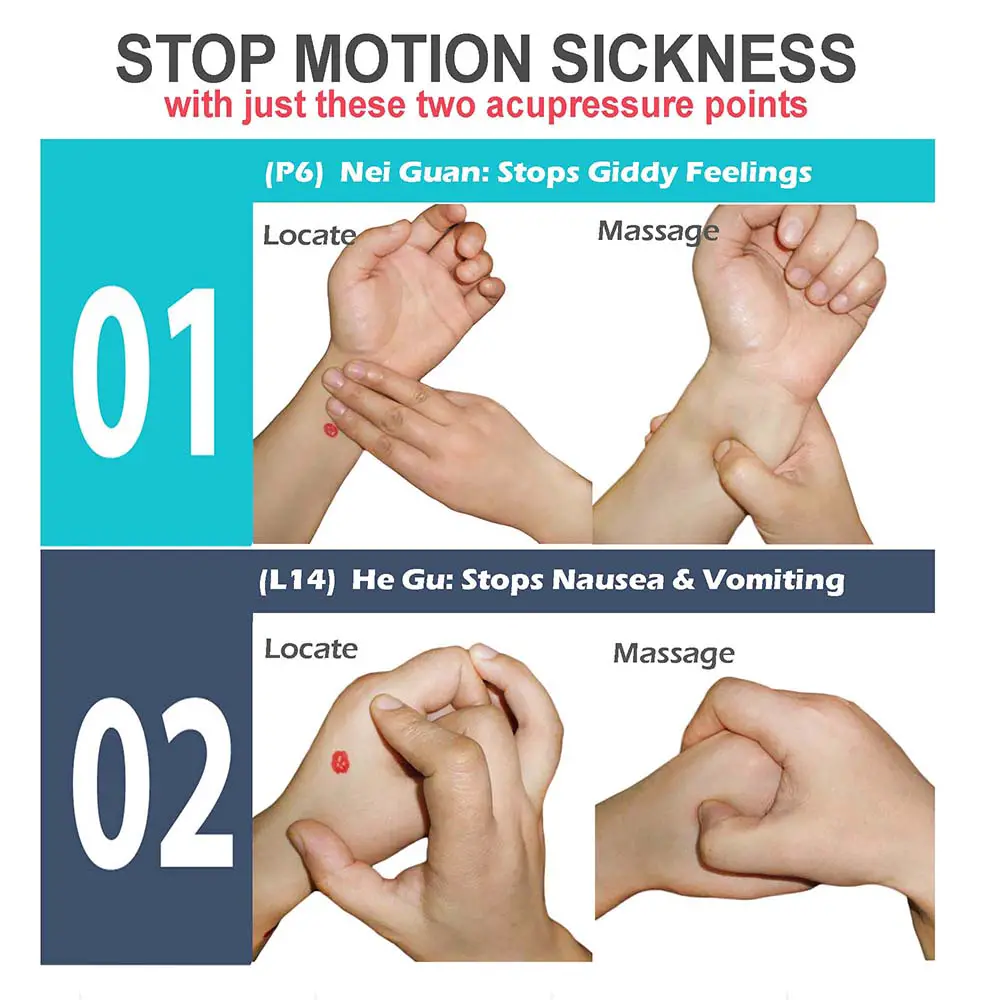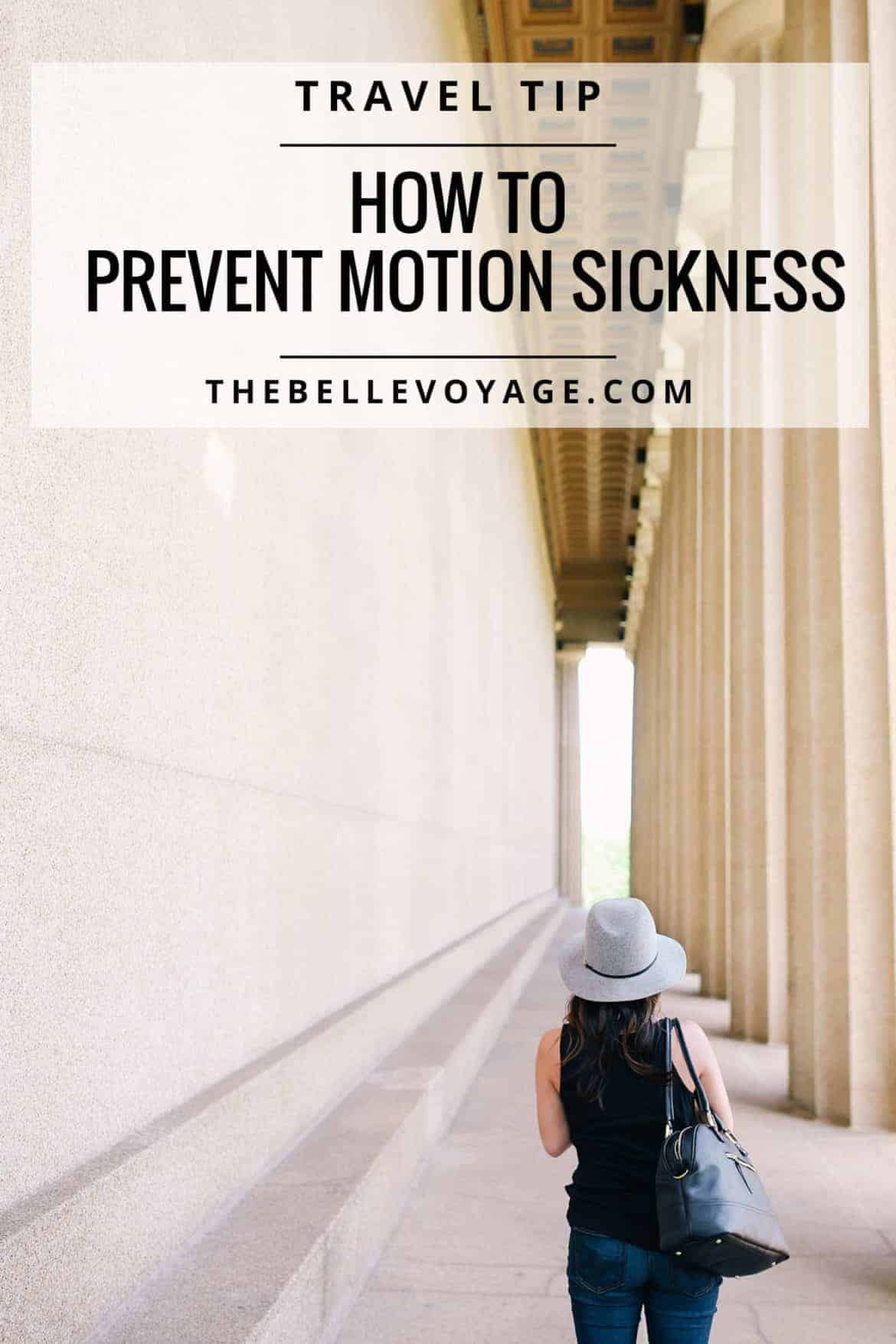Table Of Content

Additionally, during the cruise, you can try to stay in the middle of the ship, where there is less motion, and avoid looking at the ocean or other moving objects. The feeling of swaying, rocking dizziness and occasional nausea is typically felt by people who have recently returned to land after five or more days at sea. There are a number of remedies and strategies that can help ameliorate symptoms and get you back to feeling like your normal, land-dwelling self. Some people use over-the-counter medication tablets, such as Dramamine or Bonine.
Symptoms
The body is able to regulate itself, and it may mean you won’t need to use prescription medication such as a motion sickness patch. The most common cause of mal de débarquement syndrome (MdDS) is sea travel or other water-based activities. For example, people who board a cruise ship usually have to acclimate (adjust) to the new and constant motion of being on water. Mal de débarquement syndrome (MdDS) — which means, “sickness of disembarkation” — is a rare condition that makes you feel like you’re moving, even when you’re not. “Disembarkation” is a word to describe getting off a boat or aircraft. The ReliefBand is a battery-powered wristband that uses electrical stimulation to prevent nausea and vomiting.
How do I treat motion sickness symptoms?
– Your eyes know from experience those walls shouldn’t move, so being inside could make your sickness worse. Being on deck will allow you to see the horizon and the water moving around you. Guests who know they are prone to vomiting with motion sickness will want to keep a disposable plastic bag with them at all times. On a cruise, my main struggle has been finding a consistent method.
Side Effects of Motion Sickness Medications
Although motion sickness medicines can make people sleepy, it can have the opposite effect for some children, causing them to be very active. Ask your doctor if you should give your child a test dose before traveling. In some cases, however, people continue to feel nauseous and vomit even though they’re not doing things like riding in vehicles.
What are the symptoms of motion sickness?

MdDS syndrome is a rare disorder affecting the vestibular system that controls your sense of balance. It is sometimes referred to as “land sickness” when it occurs only for shorter periods of time. Mal de debarquement syndrome is a disorder that causes a person to feel like they’re moving when they’re not.
If you’re on a long trip, make sure to take breaks and get some fresh air whenever possible. Take a walk around the plane or cruise ship, or step outside for a few minutes if you’re traveling by car. Taking breaks can help reset your senses and alleviate motion sickness symptoms. Motion sickness, or seasickness, is one of the more unfortunate realities of cruising for many passengers. The intense feelings of nausea and cold sweats can affect anyone, though Cleveland Clinic explains that women and children under 12 are the most likely to be affected. One of the most popular natural remedies for motion sickness is ginger.
I Tried These Sea Sickness Hacks on My First Cruise - POPSUGAR
I Tried These Sea Sickness Hacks on My First Cruise.
Posted: Fri, 29 Dec 2023 08:00:00 GMT [source]
You, your doctor and your pharmacist should carefully evaluate your potential for medication conflicts if you plan to use motion sickness patches during your cruise. When riding on a boat or ship, it is commonly referred to as sea sickness – but it is the same disorder. For example, if you’re in the cabin of a moving ship, your ears will feel the rocking of the waves but your eyes won’t see any movement. Because one sense says your body is moving and one sense says it’s not, the entire system gets confused.

However, scopolamine can cause side effects such as dry mouth, blurred vision, and drowsiness, so it’s important to consult a doctor before using this medication. It’s important to note that not everyone will experience these side effects, and some people may experience side effects that are not listed here. If you have concerns about the side effects of a particular medication, talk to your doctor or pharmacist. As with any medical condition, individual responses may vary, and the effectiveness of preventive measures can differ from person to person. While the exact cause of MdDS is not fully understood, it is believed to be related to a mismatch between the brain’s perception of motion and the body’s actual movement. “While it is very common for individuals after a cruise to have a perception they are in motion for 24 hours or so, it is very uncommon for it to prolong,” she says.
FAQ: Coping with Motion Sickness on Your Ocean Cruise
Many sufferers of Mal de Debarquement Syndrome, a rare motion disorder, often endure the spontaneous symptoms for much longer than is normal. Although ship captains aim to avoid dangerously rough seas, cruise ships are designed to handle far larger waves than one might think. You'll know rough seas are ahead when you see motion-sickness bags strategically placed in the stairwells. The active medication in the patches can interact with some other medications. It's a long list and includes common over-the-counter medications like Benadryl.
Unlike some other vestibular disorders, MdDS doesn’t cause tinnitus (ringing in your ears), vomiting, hearing loss or spinning sensations. MdDS is a vestibular disorder, meaning it affects your body’s balance system. Vestibular disorders typically originate in your brain or inner ear. Experts believe that MdDS has to do with your brain’s ability to readapt to your surroundings once unfamiliar movement (like sailing on the water) stops. The Cleveland Clinic explains that motion sickness occurs when your brain can’t make sense of information sent from your eyes, ears, and body.
Thankfully, cruise lines do their best to develop solutions for motion sickness. The rocking motion of the ship confuses your body’s senses into becoming imbalanced. Cruising is such a fun, affordable, and worthwhile form of travel that I would hate to miss out on it just because of motion sickness. But since that moment, I’ve always had to plan ahead to make sure I won’t feel seasick. Getting a diagnosis can be difficult and may take seeing several doctors.
For example, they may use a computerized dynamic posturography (CDP) test to evaluate your balance and stability. This test involves standing on a platform that moves in different directions while sensors measure your body’s response. In some cases, your doctor may refer you to a neurologist, who specializes in disorders of the nervous system. They may also order blood tests or a hearing exam to rule out other possible causes of your symptoms. It is important to note that these medications can cause drowsiness as a side effect, so it is recommended that you avoid driving or operating heavy machinery while taking them.
From her first cruise on Wonder of the Seas, she has delighted in the intersection between travel, diversity, and writing in the cruising world. Chewing gum or eating ginger, keeping SeaBands on your wrist, and looking at the horizon are great tools, but you can’t do that for the entire cruise. I honestly didn’t expect the ginger gum to help much, especially when the boat was moving so quickly. They’re easy to get a hold of, and you only have to take one or two pills to start feeling the positive effects. Personally, I didn’t like that the bands were something I had to keep on at all times, and they only served to lessen my dizziness, rather than eliminate it entirely. I’m not sure if I started out putting the bands in the wrong spot, or if I just needed that extra pressure to feel better.
No comments:
Post a Comment